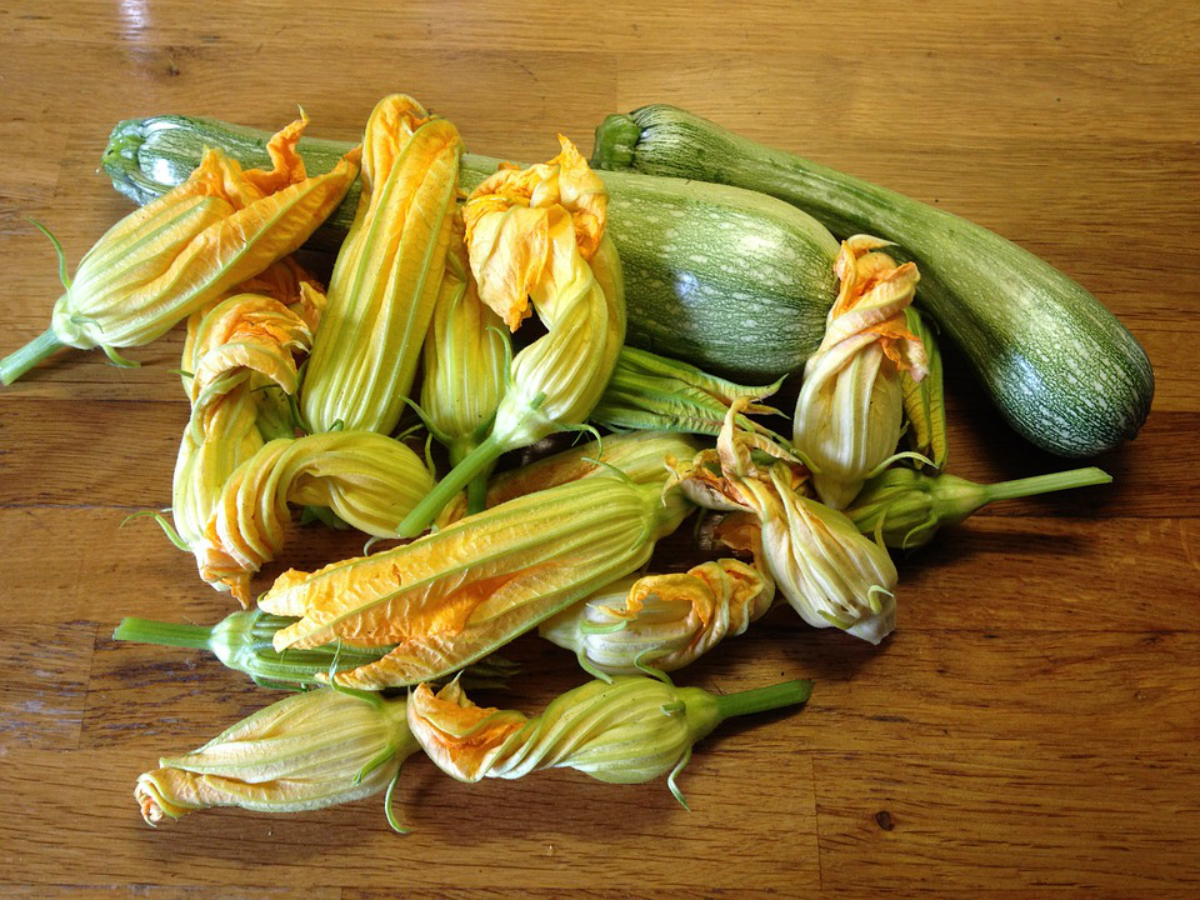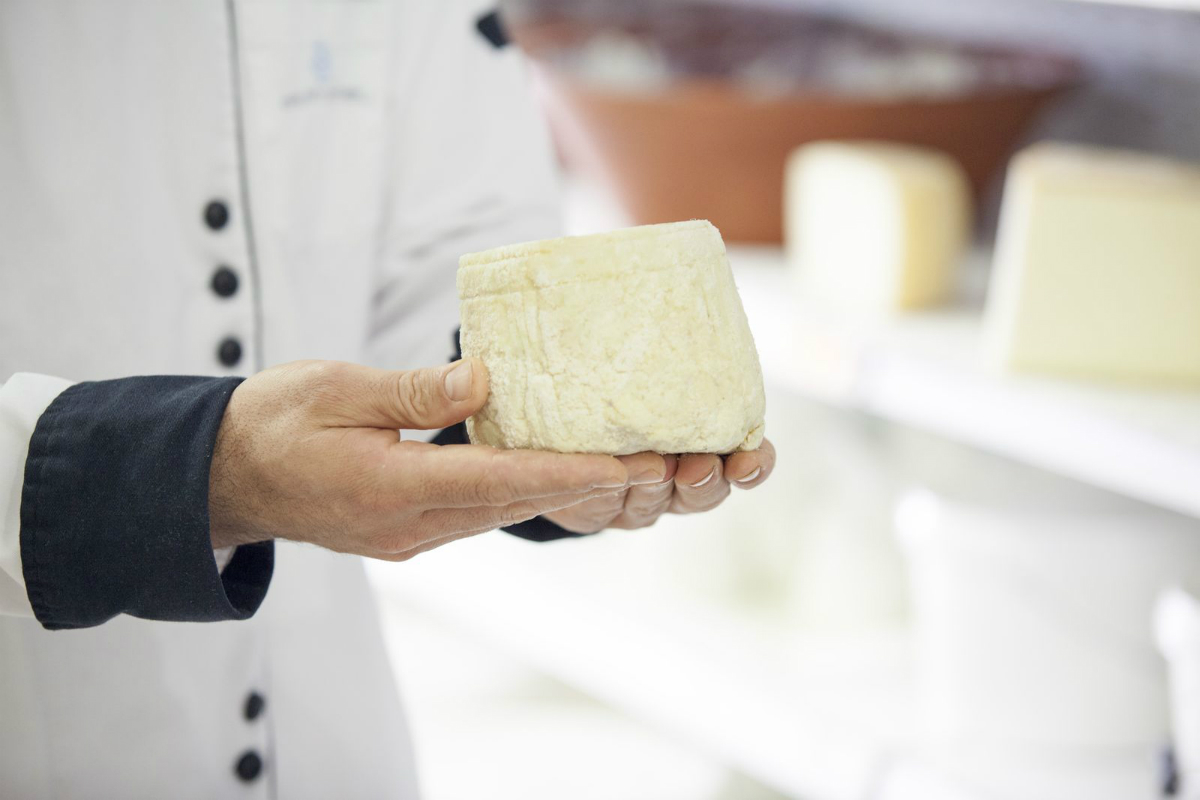A paragon of Mediterranean’s finest cuisine, you can be sure to eat and drink well mostly anywhere in Greece. You’ll find that each region, district, island or mainland settlement will have its own local delicacies, as Greeks are quite creative with the fine raw materials provided by both land and sea. Some visitors go island hopping in Greece from Athens for just the gastronomy. There are of course some products that are commonly used throughout Greece, inherently lots of meat and seafood too, while the following are often exported abroad: olives and olive oil, cheeses, wines and honey. Greek gastronomy is greatly linked to the wonderful climate it enjoys, making it an incredibly rich place in terms of qualitative ingredients that are still grown with traditional, biological processes. Greek dishes make the most of seasonal vegetables and fruits, the livestock that is still reared today and sustains local farmers’ livelihoods and fishermens’ income alike. It is such a generous cuisine that one lifetime does not suffice for trying each dish once. Here are four destinations where you can enjoy top food and drink holidays in Greece, with recommendations on what is specifically delicious in each place.
The Cyclades Islands

Undoubtedly, the most popular of the Greek island groups. The ones that are more renowned are perhaps the jet-set islands of Santorini and Mykonos. Did you know that Santorini is known for its smooth ‘fava’ dip, delicate, white aubergines, sweet cherry tomatoes and Vin Santo dessert wine? Or that Mykonos is known for its spicy cheese dip called ‘kopanisti’ as well as various cured meat delicacies? However, for a Cycladic holiday that is more closely connected to the roots of true island life, Paros island is an absolute dream.

Home to the stunning Minois Village Boutique Suites Spa hotel, a review of which you can read here. Paros is known for its special caper variety, a delicious ‘xinomizithra’ (sour myzithra) cheese, and a drink found only on the island: Suma. It is the Parian version of ‘tsipouro’ spirit which is common in many regions of Greece. Fresh fish of the day and seafood is cooked to perfection, with gourmands fully appreciating the fact that all dishes are prepared 100% locally, from source to plate.
There are many delicious options for vegetarians too; the Parian chickpea rice dish is a must, as well as the array of meatless pies. Even the more commonplace dishes such as salads are transformed by adding local cheeses and capers. You will get to notice the difference that these two simple yet tasty local ingredients make. For dessert, prep your taste buds for dense almond cookies called ‘amigdalota’ and ‘pastelia’ bars made of sesame and honey. Furthermore, if you ever find yourself sailing around the Cyclades and decide to visit Folegandros, you must try the unique, melt-in-the-mouth ‘matsata’ pasta, and the ‘karpouzenia’ dessert, made of watermelon.

Northern Aegean

Islands such as Thassos and Lemnos belong to the North Aegean island cluster and generally receive much less attention than the aforementioned, more cosmopolitan islands of the Cyclades. These islands are suited to visitors who wish to experience a holiday that is fully imbued with the local way of life as they remain largely unaffected by tourism. In this part of the Aegean sea, time runs more slowly and the routine of the locals remains unchanged, offering visitors an alternative, more genuine side to Greek island holidays. Although these are not cosmopolitan or particularly glamorous islands, they have a rudimentary charm about them, something that more popular destinations sometimes lack.

The more demure character of the Northern Aegean islands does not mean compromising on hospitality levels. Aelia Villa in Thassos provides a wonderful environment in which to fully explore the island’s beauties. Among the tasty delights to savour in Thassos, are the various stuffed courgette flowers; yes, courgettes also have flowers. They need to be gathered at dawn so that they remain open before direct sunlight hits them, and according to local recipes, they are stuffed with local feta and/or ‘kaseri’ cheese and herbs, and arrive deep-fried and piping hot to your plate.

Try the various vegetarian meze-ball options like ‘ntomato-keftedes’ (tomato balls) for example, but they come with other types of fillings too. ‘Tatarka’ is another vegetarian dish that is prepared with all the seasonal vegetables, fragranced with fresh herbs and left to simmer, releasing all the alluring aromas. The Thassian, Kazaviti wine variety is particularly refined although it is quite hard to get due to limited production, so if you come across it, do not hesitate to taste it. The local ‘tsipouro’ is also refined too, infused with aniseed and fruity notes for a lighter flavour. For those with a “sweet tooth” who want to try something out of the ordinary, the traditional walnut spoon sweet will positively excite you, while the phyllo pastry, syruped ‘saragli’ is also a must-try.

Crete

Greece’s largest and most self-sufficient island that has developed its own culture with sub-dialects and sub-customs, that makes it entirely unique, not only to Greece but also the world. Especially for Crete first-timers, the capital city of Heraklion is the best place to stay, simply because it has it all. An urban vibe, a commercial centre, a historical, Venetian harbour, archaeological sites, cultural attractions, even some lovely beaches. Galaxy Hotel Iraklio promises that endless summer feeling in its oasitic outdoors and the characteristically warm hospitality that Crete is known for. It is probably fair to say that most experiences in Crete will impress you, since it is an inherently delightful place, however, eating and drinking in Crete tops them all. First and foremost, be prepared to drink plenty of ‘raki’. It is customary to drink a shot of raki as part of greeting someone and accepting it when it is offered shows good manners. Of course, to accompany your meals or just to be enjoyed on its own, Cretan wine will not disappoint. Always seek out the rarer, more limited appellations or go on a wine tour to taste a range of labels and discover a new favourite!

Many vegetarian dishes here too; apart from a legion of cheeses to sample, try ‘ntolmadakia’, stuffed vine leaves with rice and herbs as well as the ‘dakos’ salad is the Cretan version of the Greek salad that incorporates a rusk; ‘marathopita’ is an aromatic pie made with fennel, while ‘kaltsounia’ are individual pies typically stuffed with local cheeses and can be made sweet or savoury. Meat lovers should try the local smoked, cured pork meat called ‘apaki’, which is used in all sorts of recipes and dishes. ‘Tsigariasto’ is a succulent dish of tender bits of lamb sizzled to perfection, yet the signature Cretan dishes are ‘cochlioi boumpouristoi’ (pan seared snails) for the braver ones, as well as the renowned and celebratory ‘gamopilafo’, a risotto with goat, so special, it usually eaten at weddings.
This article has been produced in collaboration with Helen-Marie Joyce.






